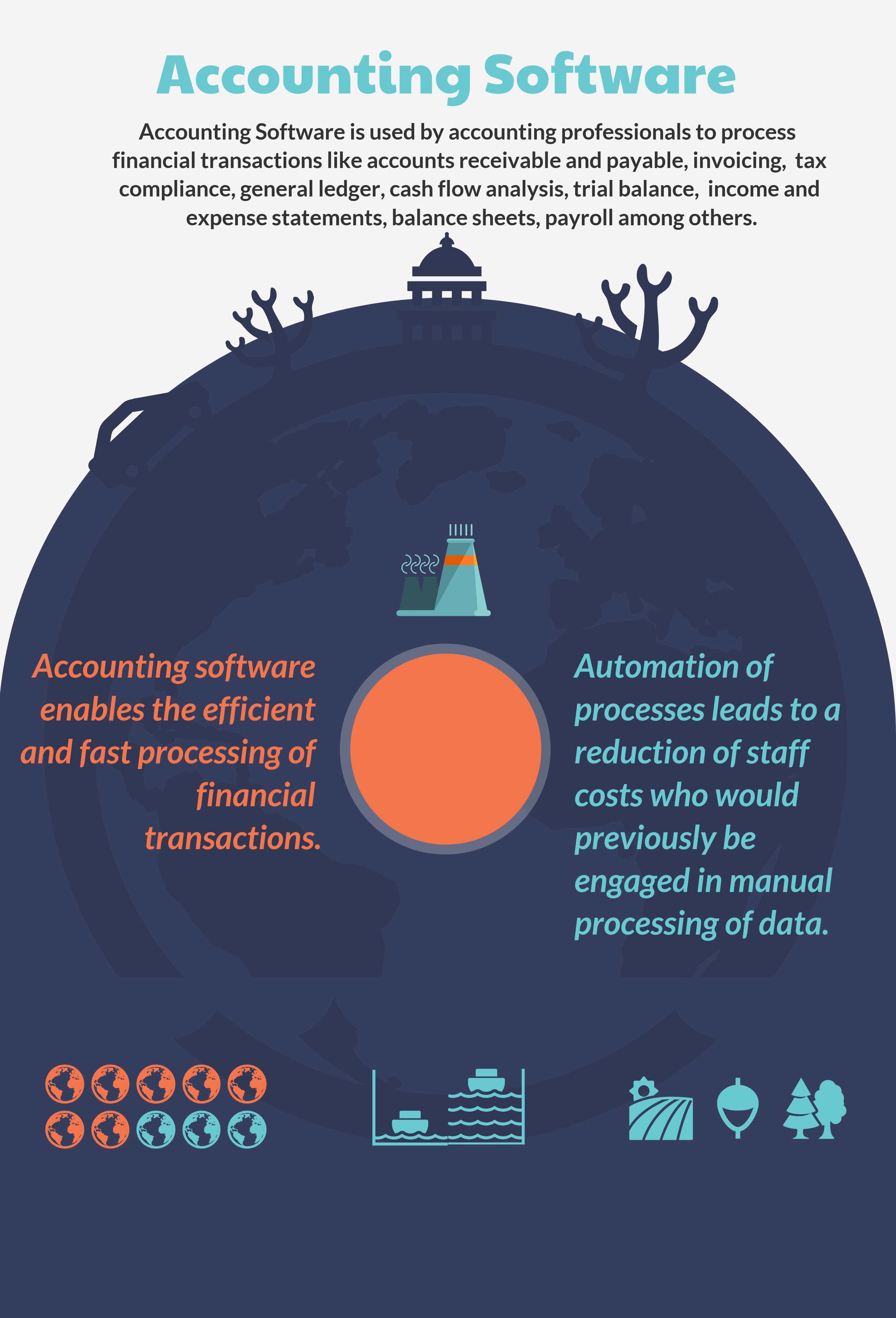The Backup and Disaster Recovery Features Offered by Accounting Software

Backup and disaster recovery features in accounting software are essential for safeguarding financial data and ensuring business continuity in the event of unforeseen circumstances. While specific features may vary depending on the software provider, here are some common backup and disaster recovery features offered by accounting software:
Cloud Backup: Many accounting software solutions provide cloud backup options, allowing you to store your data securely in the cloud. Cloud backups offer advantages such as off-site storage, scalability, and accessibility from anywhere with an internet connection.
Data Encryption: Accounting software often incorporates data encryption techniques to secure sensitive financial information during storage and transmission. Encryption helps protect your data from unauthorized access or breaches.
Versioning: Versioning functionality allows you to restore previous versions of your financial data in case of accidental changes or data corruption. This feature is useful for maintaining data integrity and recovering from inadvertent errors.
Disaster Recovery Planning: Some accounting software platforms include built-in disaster recovery planning tools or guidelines to help businesses develop and implement strategies for responding to disasters or emergencies. These may include steps for data recovery, communication protocols, and contingency plans.
Redundancy and Failover: High-end accounting software may incorporate redundancy and failover mechanisms to ensure continuous availability of your financial data. This involves redundant storage systems and failover processes that automatically switch to backup systems in case of hardware failures or other disruptions.
Data Restoration: Accounting software typically offers data restoration capabilities, allowing you to easily retrieve backed-up data in the event of data loss or system failure. This may involve restoring entire databases or individual files and transactions.
Testing and Validation: Some accounting software solutions enable users to test backup and disaster recovery procedures to ensure their effectiveness. Testing allows businesses to identify any weaknesses in their backup strategies and make necessary adjustments before an actual disaster occurs.
User Permissions and Access Controls: Accounting software often includes user permissions and access controls to restrict access to sensitive financial data. By controlling who can access and modify data, businesses can reduce the risk of unauthorized changes or data breaches.
Integration with Third-Party Backup Services: Many accounting software providers offer integration with third-party backup services, allowing users to leverage additional backup solutions for added redundancy and flexibility.
It's essential for businesses to carefully assess their backup and disaster recovery needs and choose accounting software that offers robust features to meet those requirements. Additionally, implementing best practices for data backup and disaster recovery, such as regular testing and monitoring, can further enhance the resilience of your financial data management system.
Thank you,